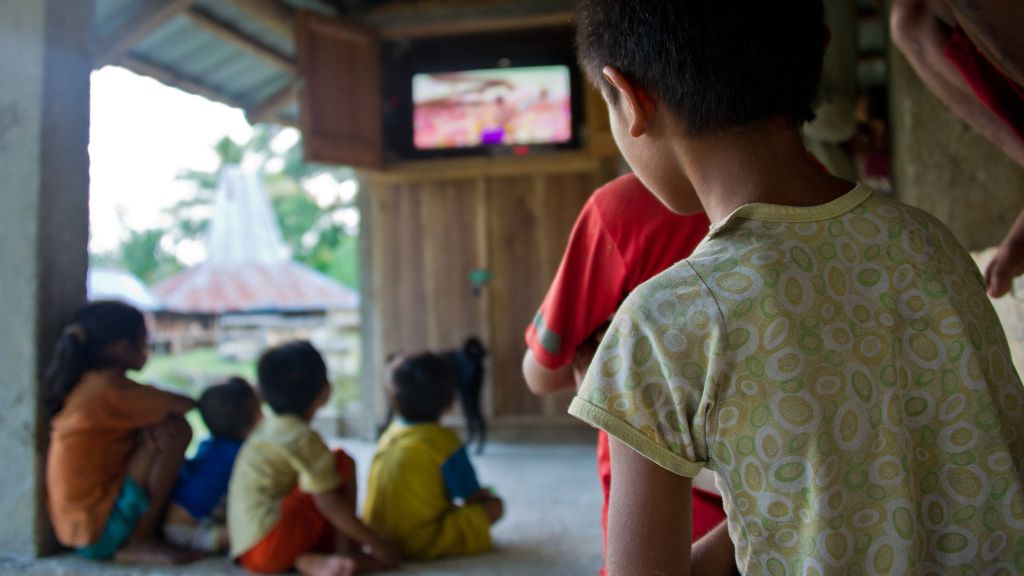
Sustainable and Inclusive Energy Program (Subprogram 2)
Policy-based support to strengthen and diversify Indonesia’s energy sector.
Sectors
EnergyCountry
IndonesiaPartners
Kreditanstalt für WiederaufbauAgence Française de Développement
Approval
Financing
Total Project Cost
$821 million
ADB Financing
$400 million
AIF Financing
$100 million
KfW Cofinancing
$210 million
AFD Cofinancing
$110 million
Clean Energy Fund (Technical Assistance)
$1 million
ISSUE
Need for more sustainable energy supplies and increased electrification rates nationwide.
Indonesia’s energy sector faced far-reaching and interrelated problems throughout the value chain, from the supply of primary energy to the distribution of electricity, leaving some 23 million people lacking access to power before this program. Energy subsidies over many years led to underinvestment, and Indonesia lagged behind many of its Southeast Asian neighbors in the development of its abundant renewable energy resources, such as solar, wind, and biomass. This left the electricity industry dependent on coal, which accounted for more than half of energy generation in 2016. Progress was needed toward the four 2020 outcome indicators, which together should result in more sustainable energy supplies and increased electrification rates. For this, the program set out to improve fiscal sustainability and sector governance, enable private participation in power and gas markets, and improve the regulatory environment for increased access to clean energy options.
SOLUTION
Increased supply from sustainable and more accessible energy options.
With help from this policy-based support, the government aimed to build on various reforms to improve fiscal sustainability, such as further rationalizing tariffs; introduce measures to improve private investment in electricity and gas; and support the scale-up of renewable energy and energy efficiency measures. The accompanying technical assistance grant aimed to support the expansion of energy efficiency programs through efficiency standards and labelling and testing programs for household appliances, and the development of private-sector investments in energy efficiency projects. Given that the share of renewables in the electricity mix surpassed the expected outcome of 10% with over 11% in 2017 already and an increase in the electrification rate to 95.8% which is close to the program target of 97% the program went well on track. PLN's key financial performance measures were within levels acceptable by international norms. The number of large power projects led by independent power producers that reach financial closure increased to at least five per year from only two in 2014. Total sector investment in oil and gas increased from $19.3 billion to $23 billion. The percentage of households connected to electricity increased from 84% to 96%, and renewables accounted for 10% of the electricity generation mix, up from 6% in 2014.